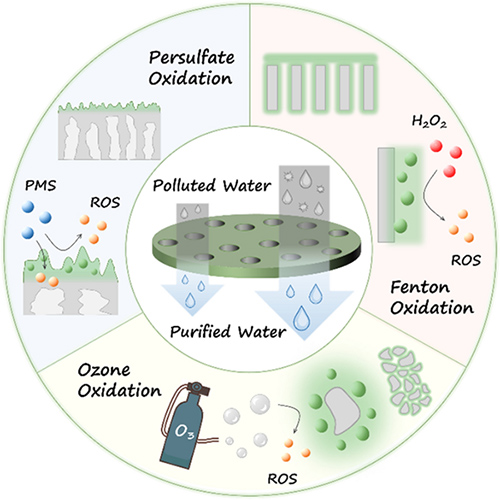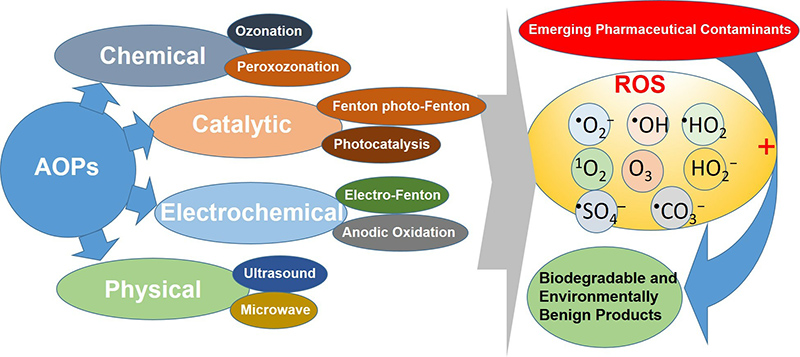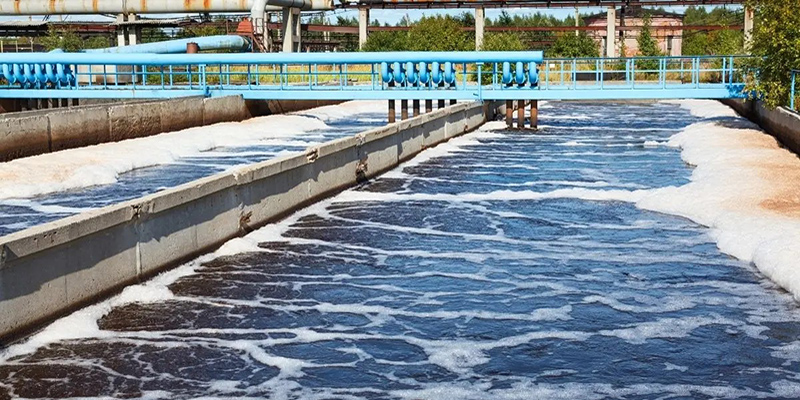In the realm of wastewater treatment, chemical treatment processes play a pivotal role in ensuring that treated effluent meets environmental standards and poses minimal risk to public health and ecosystems. These chemical methods are employed to address various contaminants that biological treatments may not fully remove, offering a crucial complementary approach to wastewater management. This article explores the principles, applications, and benefits of chemical treatment in wastewater treatment.
Chemical treatment involves the use of chemical reagents to precipitate, neutralize, or otherwise alter contaminants in wastewater. The primary goals are to remove suspended solids, neutralize acids or bases, and eliminate or reduce harmful chemicals and pathogens. The effectiveness of chemical treatment depends on selecting the appropriate chemicals and dosage, as well as proper mixing and reaction conditions.
Common Chemical Treatment Methods
1- Coagulation and Flocculation
- Process: Coagulation and flocculation are essential processes in chemical treatment for wastewater management, aimed at removing suspended solids, colloidal particles, and some organic matter from the water. In coagulation, chemicals such as alum (aluminum sulfate) or ferric chloride are added to the wastewater to destabilize the fine particles, causing them to clump together into small, sticky aggregates called microflocs. This is followed by flocculation, where gentle mixing encourages the formation of larger, more stable particles (flocs) that can be more easily separated from the water. These flocs settle out during sedimentation or are filtered out during subsequent treatment stages. This process significantly improves water clarity and quality, making it a crucial step in both municipal and industrial wastewater treatment systems.
- Applications: Effective in treating turbidity, organic matter, and certain types of colloidal particles. Commonly used in municipal water treatment and industrial wastewater processes.

2- Neutralization
- Process: Neutralization is a key chemical treatment process in wastewater management, used to adjust the pH of acidic or alkaline wastewater to a neutral level, typically around pH 7, which is safe for discharge or further treatment. This process involves adding either acidic or alkaline chemicals, depending on the wastewater’s initial pH. For instance, highly acidic wastewater can be treated with alkaline substances such as lime or sodium hydroxide, while alkaline wastewater is neutralized using acids like sulfuric acid or hydrochloric acid. Neutralization not only prevents corrosive damage to pipes and equipment but also ensures that the wastewater complies with environmental discharge regulations. It is commonly applied in industrial wastewater systems where processes produce extreme pH levels, ensuring that subsequent treatment processes, such as biological treatments, can function effectively.
- Applications: Essential for treating industrial wastewater with extreme pH levels, ensuring safe discharge or further treatment.
3- Oxidation and Reduction
- Process: Oxidation and reduction (redox) processes are critical chemical treatment methods in wastewater management, used to alter the chemical composition of pollutants and render them less harmful. In oxidation, powerful oxidizing agents like chlorine, ozone, or hydrogen peroxide are introduced to break down organic contaminants, toxic chemicals, and pathogens by increasing their oxidation state. This process is particularly effective for disinfecting wastewater and treating substances such as phenols, sulfides, and certain heavy metals. Reduction, on the other hand, involves adding reducing agents to lower the oxidation state of pollutants, transforming them into less toxic forms. For example, reduction can be used to convert toxic hexavalent chromium (Cr⁶⁺) into the less harmful trivalent chromium (Cr³⁺). These redox processes are widely applied to treat industrial wastewater and ensure the removal of pollutants that resist biological treatments, improving the overall safety and quality of treated water before discharge or reuse.
- Applications: Used for disinfection, removing organic pollutants, and treating specific contaminants like phenols and heavy metals.

4- Precipitation
- Process: Precipitation is a crucial chemical treatment process in wastewater management that removes dissolved contaminants by converting them into solid particles, which can then be separated from the water. In this process, specific chemicals, such as lime, sodium sulfide, or ferric chloride, are added to the wastewater to react with dissolved pollutants—like heavy metals, phosphates, and other inorganic compounds—forming insoluble precipitates. These solid particles can then be removed through sedimentation, filtration, or other mechanical means. Precipitation is particularly effective for treating industrial wastewater that contains high concentrations of metals like lead, copper, and zinc. By turning these dissolved pollutants into easily removable solids, the precipitation process helps in meeting regulatory standards for discharge and ensures that harmful substances do not enter the environment.
- Applications: Effective for removing heavy metals, phosphates, and other inorganic contaminants.
5- Advanced Oxidation Processes (AOPs)
- Process: Advanced Oxidation Processes (AOPs) are highly effective chemical treatment methods used in wastewater management to break down complex organic pollutants that are resistant to conventional treatments. AOPs involve generating highly reactive hydroxyl radicals (·OH), which are powerful oxidizing agents capable of degrading a wide range of contaminants, including pharmaceuticals, pesticides, and industrial chemicals. Common AOPs include the use of ozone combined with hydrogen peroxide, UV light, or catalysts (like titanium dioxide) to accelerate the production of these radicals. The hydroxyl radicals attack and break down organic molecules into simpler, less harmful compounds such as water, carbon dioxide, and biodegradable intermediates. AOPs are especially valuable for treating non-biodegradable or toxic pollutants in industrial wastewater, making them an advanced solution for achieving high levels of water purification and meeting stringent environmental standards.
- Applications: Used for treating recalcitrant organic contaminants and enhancing the breakdown of pollutants that are resistant to conventional treatment methods.

Benefits of Chemical Treatment
-
Enhanced Contaminant Removal
Chemical treatment can significantly improve the removal of specific contaminants that biological treatments may struggle with, such as heavy metals and non-biodegradable organic compounds.
-
Flexibility and Control
The ability to adjust chemical dosages and types allows for precise control over the treatment process, making it adaptable to varying wastewater characteristics.
-
Rapid Response
Chemical treatments can often be implemented quickly and effectively, providing immediate solutions to wastewater treatment challenges.
Chemical treatment remains a vital component of modern wastewater management, offering powerful solutions for a wide range of contaminants. By integrating chemical treatment with biological and physical methods, facilities can achieve comprehensive treatment outcomes, ensuring compliance with environmental regulations and protecting public health. As technology advances, continued innovation in chemical treatment processes will enhance their efficiency, sustainability, and application across diverse wastewater treatment scenarios. At our company, we specialize in implementing all of these advanced chemical treatment processes to meet the diverse needs of wastewater management.

